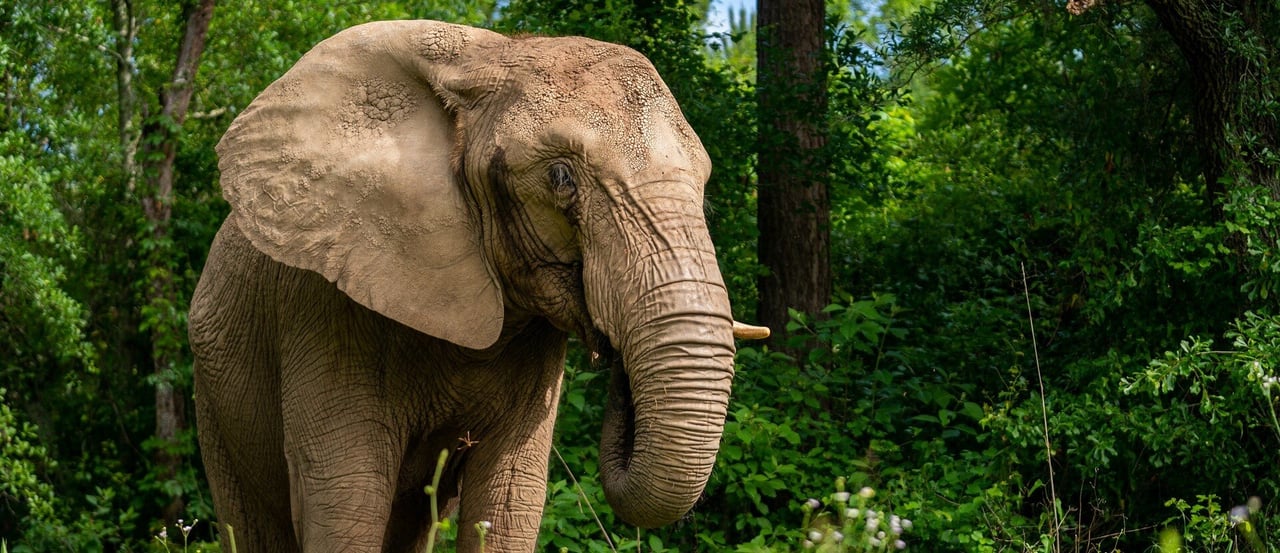Image credit: World Animal Protection / Katie Bryden
In this guide, you’ll find an easy-to-follow checklist you can refer to before your trip, when you’re on holiday and when you return home to make responsible decisions about the wildlife activities you take part in.
Seeing wild animals on holiday can be a memorable part of travel.
You have the power to help stop cruel wildlife entertainment by making animal-friendly choices.
Tragically, countless wild animals around the world pay a heavy price for being in tourist entertainment. They suffer a lifetime of cruelty, confinement, neglect and abuse. Many even pay with their lives.
Whether it’s posing for a photo with a tiger, riding an elephant or watching a dolphin show, demand from tourists means these animals will continue to suffer and be poached from the wild to live lives of misery in captivity.
Your checklist to be an animal-friendly traveller
Sadly, many tourists who love wild animals may actually contribute to animal suffering simply because they don’t understand or see the cruelty. That’s why educating yourself and others to make animal-friendly choices is so important.
As tourists, we have the power to help stop this. By making animal-friendly choices on holiday, you can reduce the demand for wild animals in entertainment.
We’ve put together this checklist for you to use before, during and after your trip, so you can make informed decisions about animal experiences on your journey.
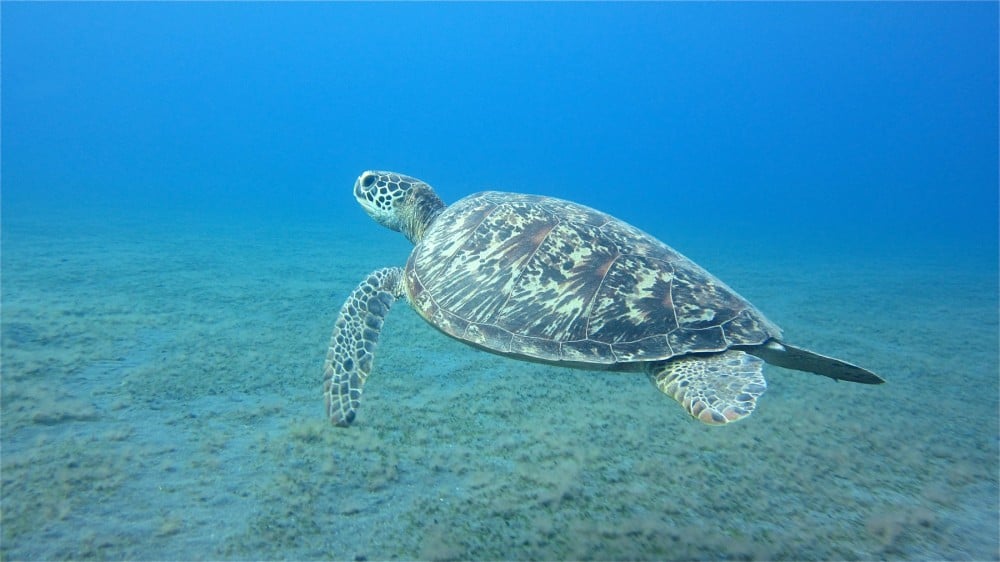
Image credit: Neil Cook
Wildlife. Not entertainers
With the help of our supporters, World Animal Protection works to end the unnecessary suffering of animals in the cruel wildlife entertainment industry. We want a world where wild animals live in the wild where they belong.
Up to one quarter of the trillion-dollar tourism industry is driven by demand for wildlife tourism. Most people don’t know about the unacceptable abuse of wild animals used in most wildlife activities including elephant rides, swimming with captive dolphins, and hugging and posing for photos with lions, tigers and sloths.
We are encouraging and working with the travel industry, tourists and entertainment venues to end the cruelty of wild animal entertainment. Fortunately, many tour operators see a great opportunity in changing their wildlife tourism practices. Following our approaches over the past four years, nearly 200 companies across the world have agreed to stop selling elephant rides and shows.
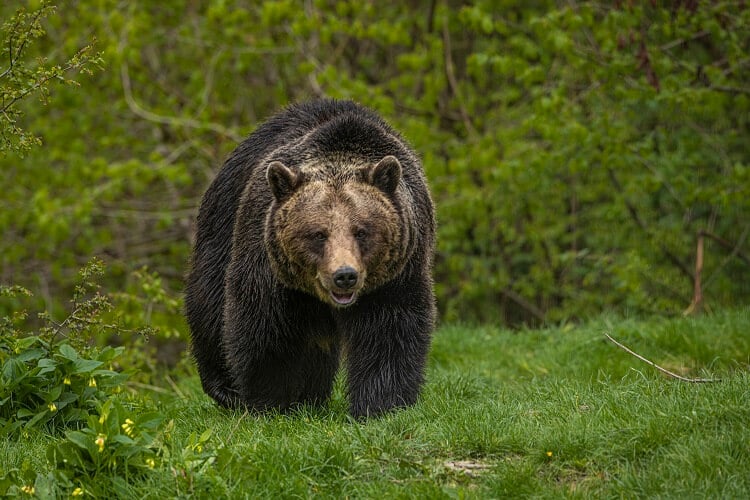
Image credit: World Animal Protection / Tom Svensson
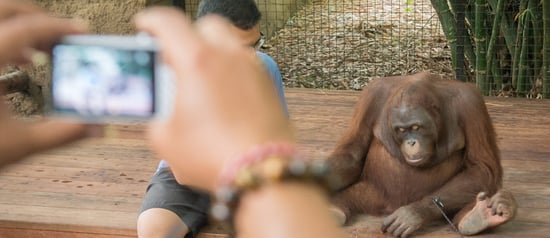
Wildlife tourism
If a venue that houses wildlife allows you to ride, hug, cuddle or take a selfie with a wild animal, cruelty is surely involved.
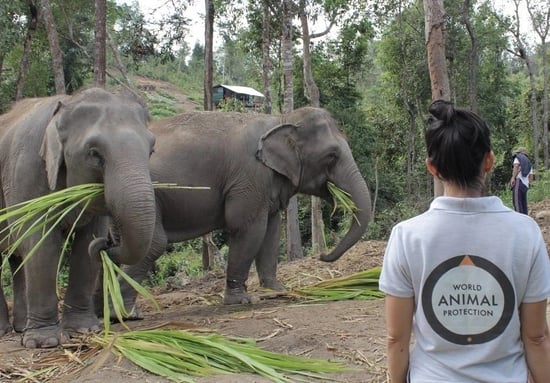
Elephant facts
Did you know that elephants can live up to 70 years in the wild, however their lifespan in captivity is generally shorter?
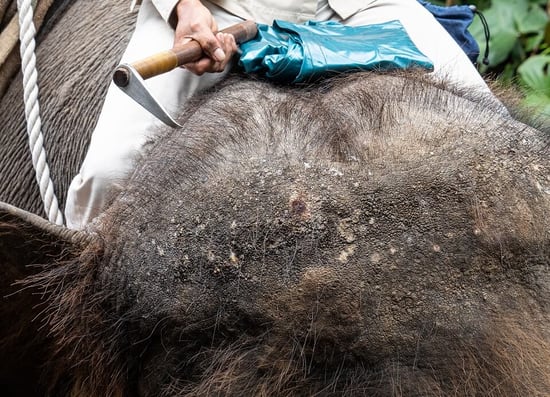
Donate to protect elephants
You can help give elephants the chance to live out their lives in a calm, peaceful environment.
